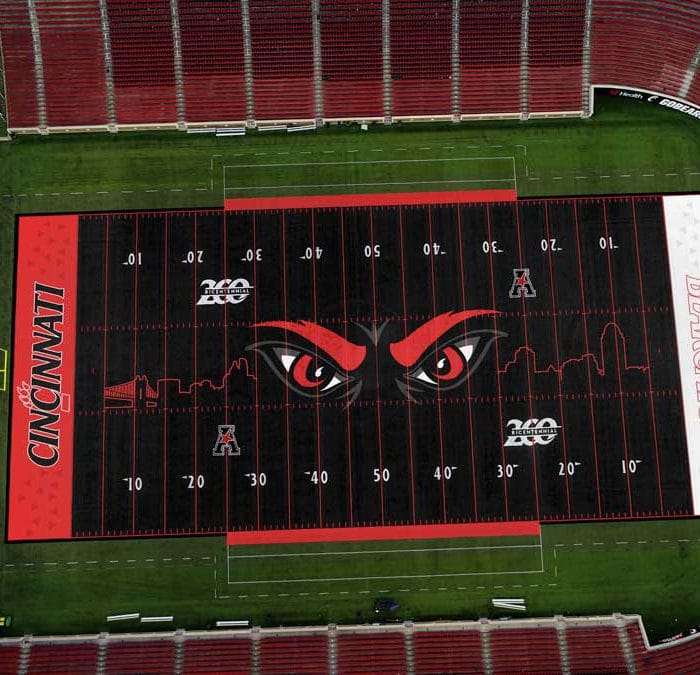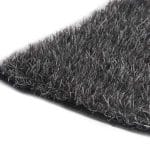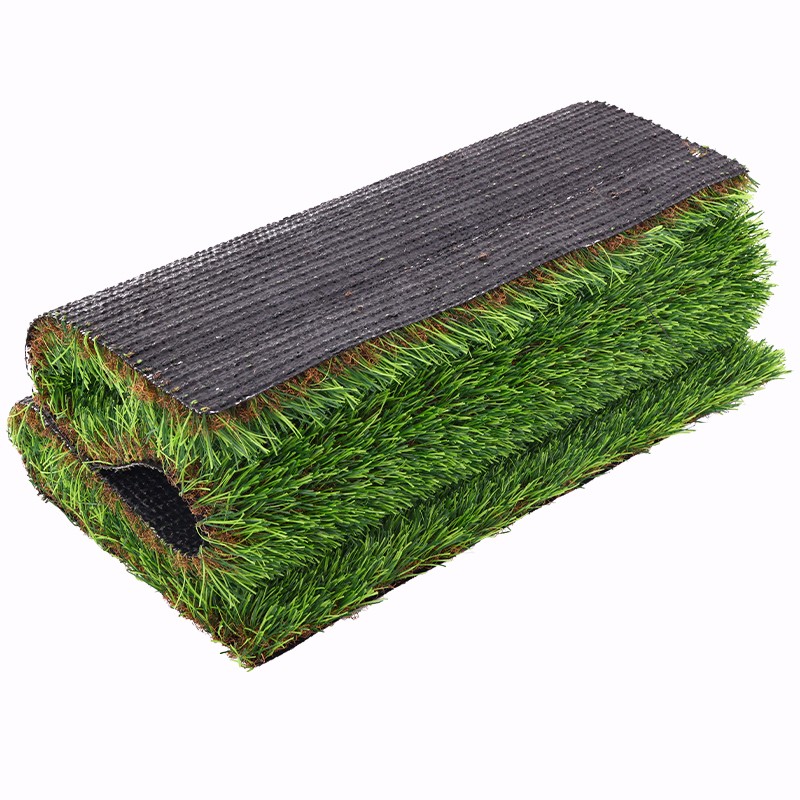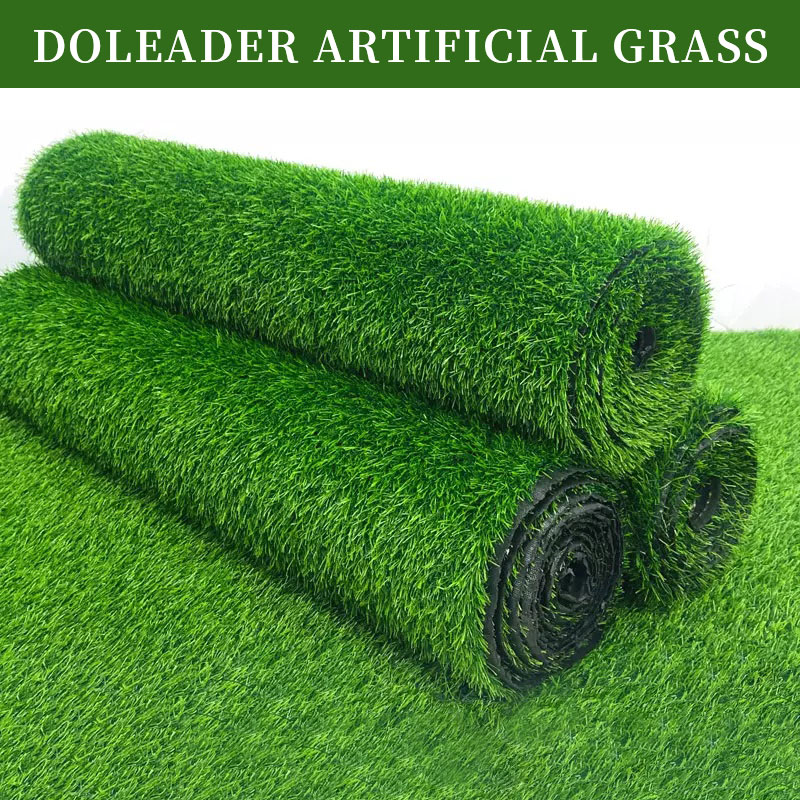
Black turf football fields have gained popularity in recent years for their unique aesthetic appeal and potential performance benefits. In this article, we’ll delve into the advantages of black turf football fields and why they are becoming increasingly popular among sports teams and organizations.
Enhanced Visibility: One of the primary advantages of black turf football fields is enhanced visibility. The dark color of the turf creates a stark contrast with the white lines and markings, making them more visible to players, coaches, and spectators. This improved visibility can help reduce errors and enhance the overall quality of play on the field.
Temperature Regulation: Black turf football fields have been found to absorb more heat from the sun compared to traditional green turf fields. While this may seem like a disadvantage, it can actually provide benefits in terms of temperature regulation. In colder climates, the black turf can help absorb sunlight and warm up the playing surface, making it more comfortable for players during colder months.
Durability: Black turf football fields are typically made from high-quality materials that are designed to withstand heavy use and inclement weather conditions. The dark color of the turf can also help conceal dirt, stains, and wear and tear, giving the field a cleaner and more uniform appearance over time. Additionally, black turf fields are often treated with UV inhibitors to prevent fading and degradation from prolonged exposure to sunlight.
Aesthetic Appeal: Beyond their functional benefits, black turf football fields offer a visually striking and modern aesthetic that sets them apart from traditional green fields. The sleek and sophisticated look of black turf can enhance the overall ambiance of the stadium and create a memorable experience for players and spectators alike.
Environmental Considerations: While black turf football fields may offer several advantages, it’s essential to consider their potential environmental impact. The heat-absorbing properties of black turf can contribute to the urban heat island effect in surrounding areas, potentially leading to higher temperatures in urban environments. Additionally, the use of synthetic materials in turf production raises concerns about sustainability and environmental conservation.
Conclusion: Black turf football fields offer a range of advantages, including enhanced visibility, temperature regulation, durability, and aesthetic appeal. These fields are becoming increasingly popular among sports teams and organizations looking to create a unique and modern playing environment. However, it’s essential to consider the potential environmental impact of black turf fields and explore sustainable alternatives to minimize ecological footprint. Overall, black turf football fields represent an exciting innovation in sports field design and offer numerous benefits for players, spectators, and the surrounding community.










